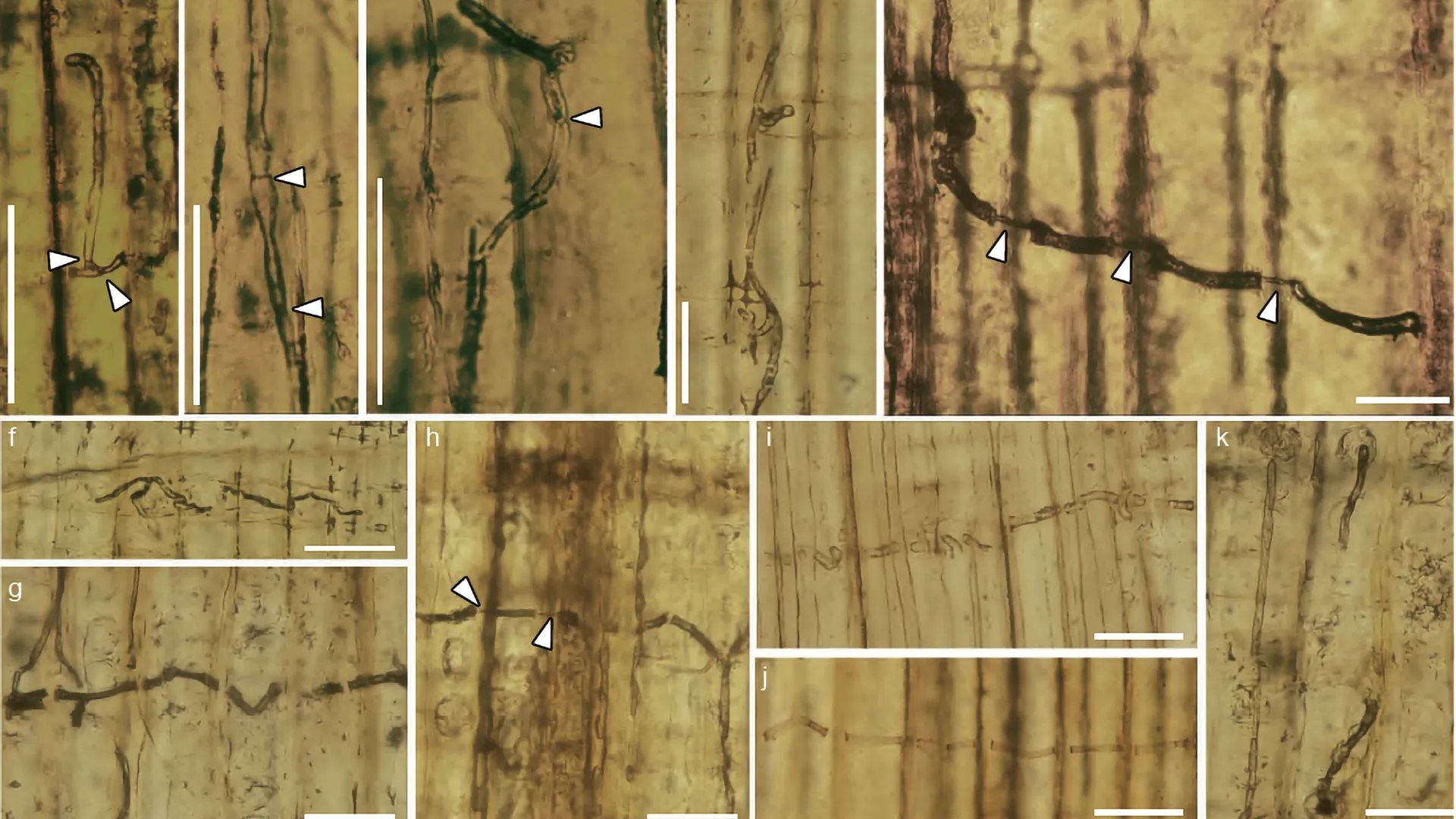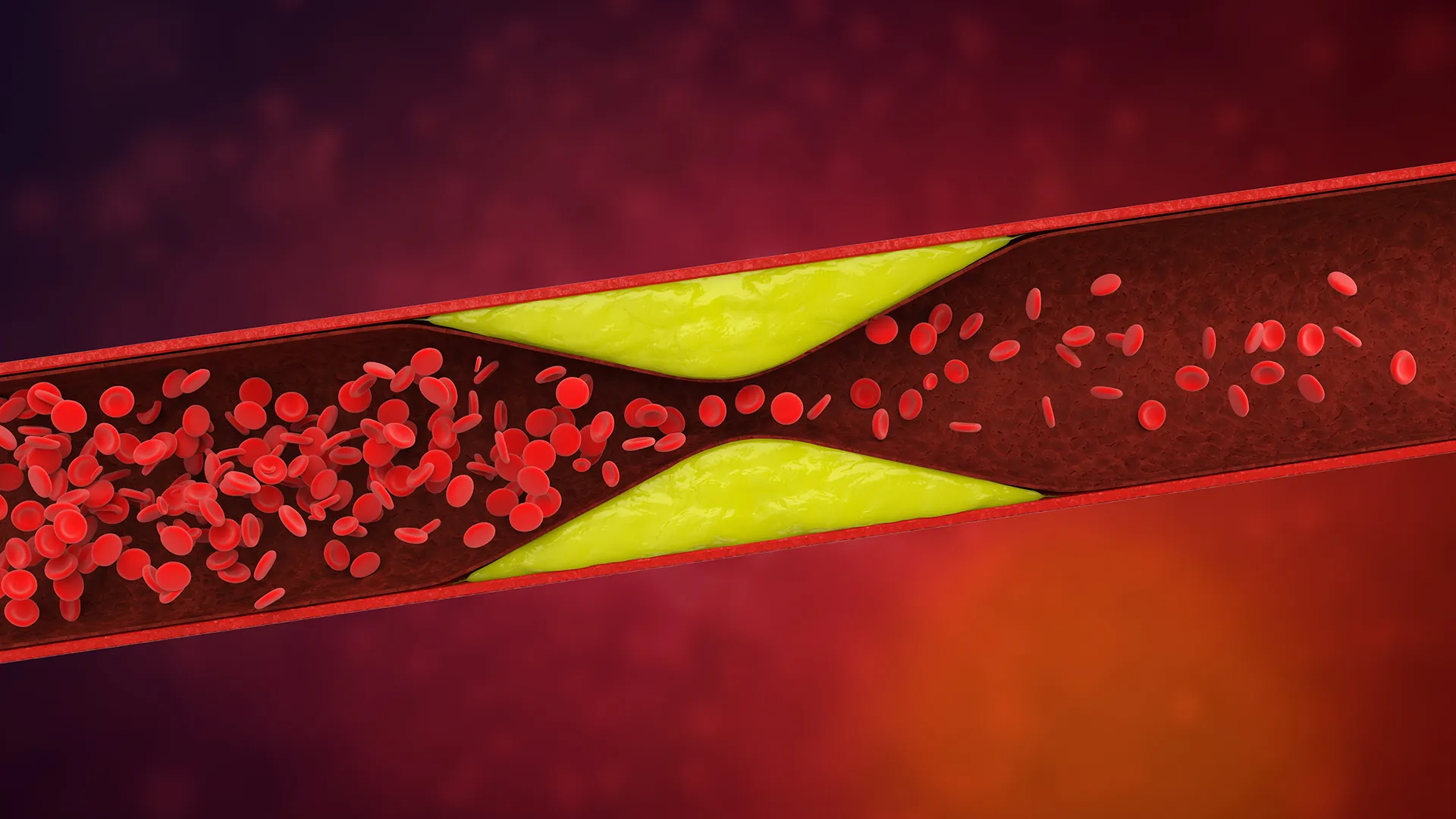Now Reading: 160-Million-Year-Old Fungus Found to Pierce Trees Like Tiny Spears
-
01
160-Million-Year-Old Fungus Found to Pierce Trees Like Tiny Spears
160-Million-Year-Old Fungus Found to Pierce Trees Like Tiny Spears

Quick Summary
- Blue-stain fungi, known for discoloring wood but not decomposing its structure, play a role in accelerating tree mortality when associated with wood-boring insects.
- Researchers report the earliest fossil record of blue-stain fungi from 160 million-year-old Jurassic petrified wood in northeastern China. This predates earlier discoveries by around 80 million years.
- Fossil identification relied on key microscopic traits: pigmented hyphae and “penetration pegs,” specialized structures used to pierce wood cell walls mechanically rather than enzymatically degrading them like other fungi.
- The study provides insights into early ecological relationships between blue-stain fungi, plants, and insects during the Jurassic period. It suggests that spore dispersal vectors were likely non-Scolytinae wood-colonizing insects active before the Early Cretaceous.
Indian Opinion Analysis
The revelation of ancient blue-stain fungal fossils enhances our understanding of evolutionary biology and ecological interactions over millions of years, offering significant insights into fungal roles during plant-insect co-evolution in prehistoric times. For India-a country richly endowed with diverse forests-such studies underscore the importance of understanding microbial roles within ecosystems to manage forest health effectively today. Although this research does not have direct economic or environmental implications for India currently, it contributes foundational knowledge applicable to conserving biodiversity globally and managing forest-pathogen dynamics locally.

























